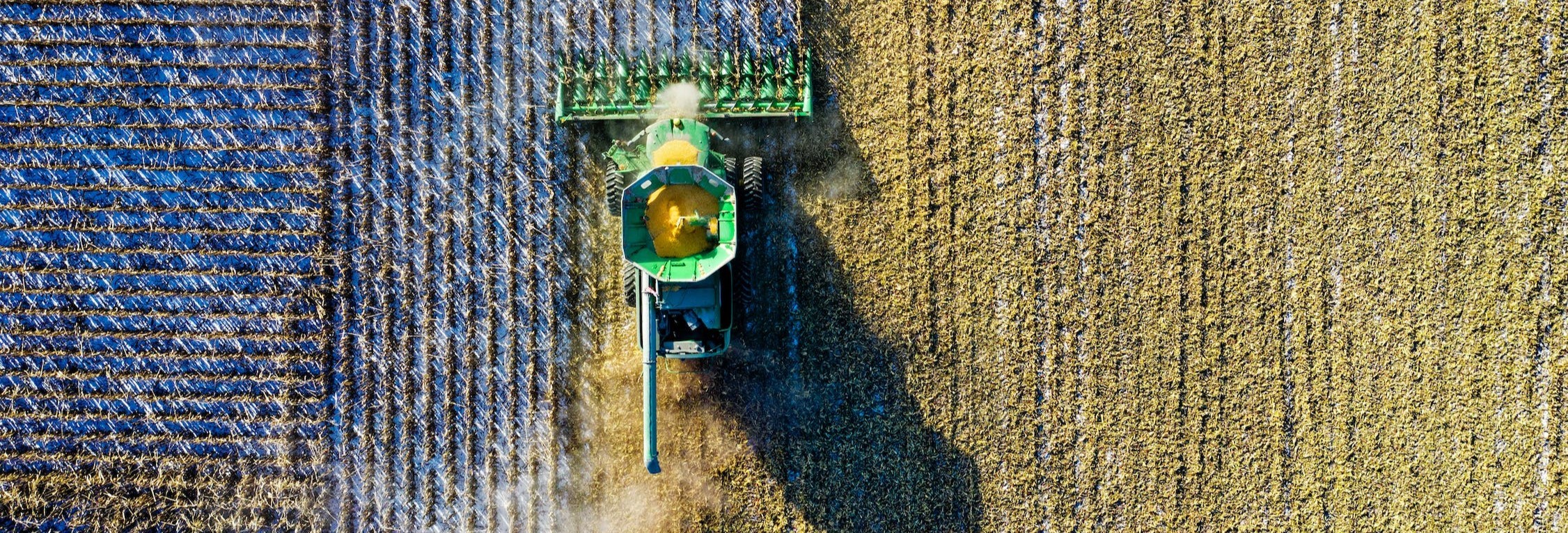Loading...
Abstract
Darker-colored wood species usually have higher
values, many of which are endangered and under
protection. Chemical stains and finishes might also
achieve similar color shades, but customers prefer
non-chemical alternatives. Thermal treatment (TT)
is one of the low-toxicity choices. It could produce
darker shades and enhance some material
properties but requires a large initial investment
and is time-consuming. This study aimed to
evaluate a new type of TT: Surface Thermal
Treatment (STT). White Ash, Yellow Poplar, and Red
Oak were selected and treated on a heated press
at varying temperatures and times. Artificial Neural
Network (ANN) was employed to model the
relationship between temperature, time, and color
change. Results demonstrated that STT can achieve
efficient thermal modification. The combination of
temperature and duration brought different
shades to all 3 species. Application of the ANN
model can simulate the process results fast with a
high degree of accuracy (R2 =0.96).
Start Date
2-3-2023 3:00 PM
Recommended Citation
Mo, Jue; Tamboli, Dipesh; and Haviarova, Eva, "Thermally Treated to Perfection: Enhancing Wood Color and Properties with Surface Thermal Treatment" (2023). Graduate Industrial Research Symposium. 5.
https://docs.lib.purdue.edu/girs/2023/posters/5
Thermally Treated to Perfection: Enhancing Wood Color and Properties with Surface Thermal Treatment
Darker-colored wood species usually have higher
values, many of which are endangered and under
protection. Chemical stains and finishes might also
achieve similar color shades, but customers prefer
non-chemical alternatives. Thermal treatment (TT)
is one of the low-toxicity choices. It could produce
darker shades and enhance some material
properties but requires a large initial investment
and is time-consuming. This study aimed to
evaluate a new type of TT: Surface Thermal
Treatment (STT). White Ash, Yellow Poplar, and Red
Oak were selected and treated on a heated press
at varying temperatures and times. Artificial Neural
Network (ANN) was employed to model the
relationship between temperature, time, and color
change. Results demonstrated that STT can achieve
efficient thermal modification. The combination of
temperature and duration brought different
shades to all 3 species. Application of the ANN
model can simulate the process results fast with a
high degree of accuracy (R2 =0.96).


